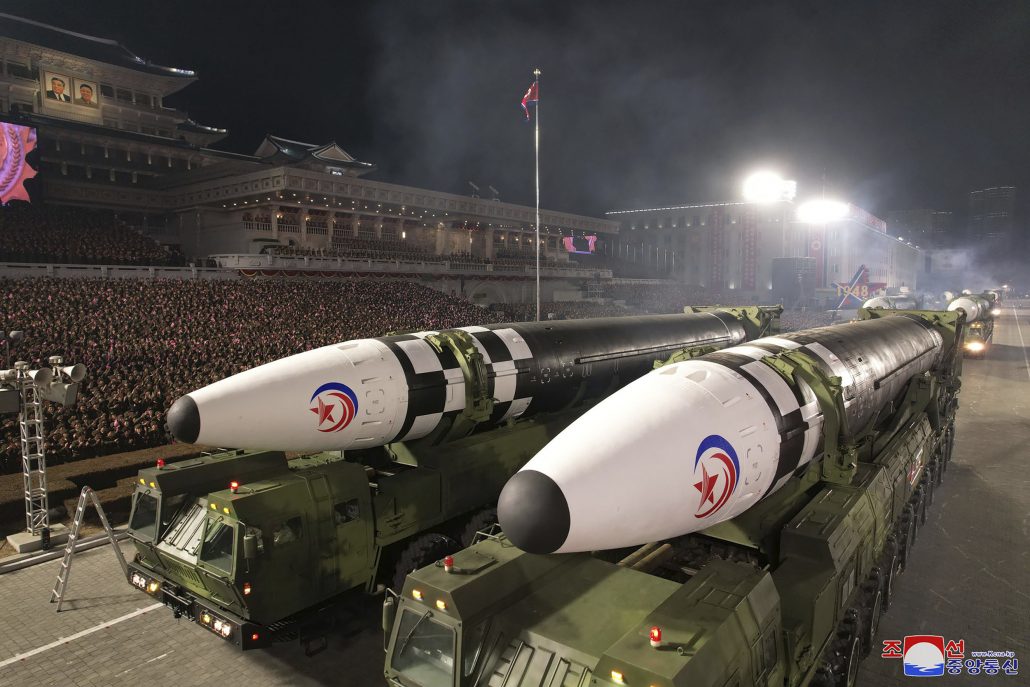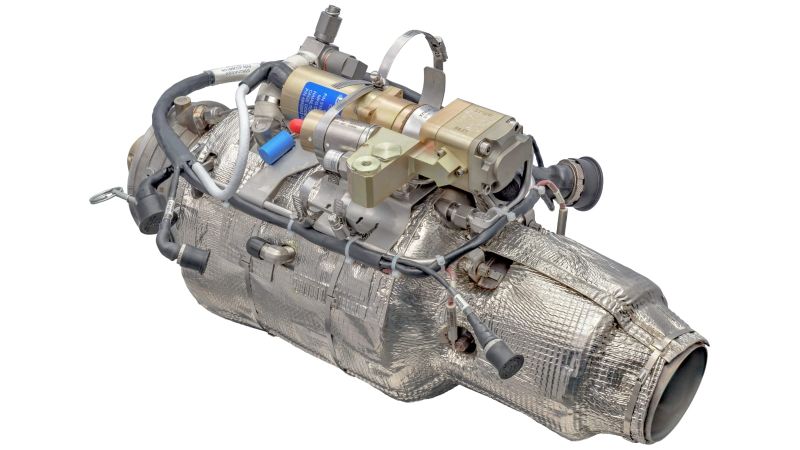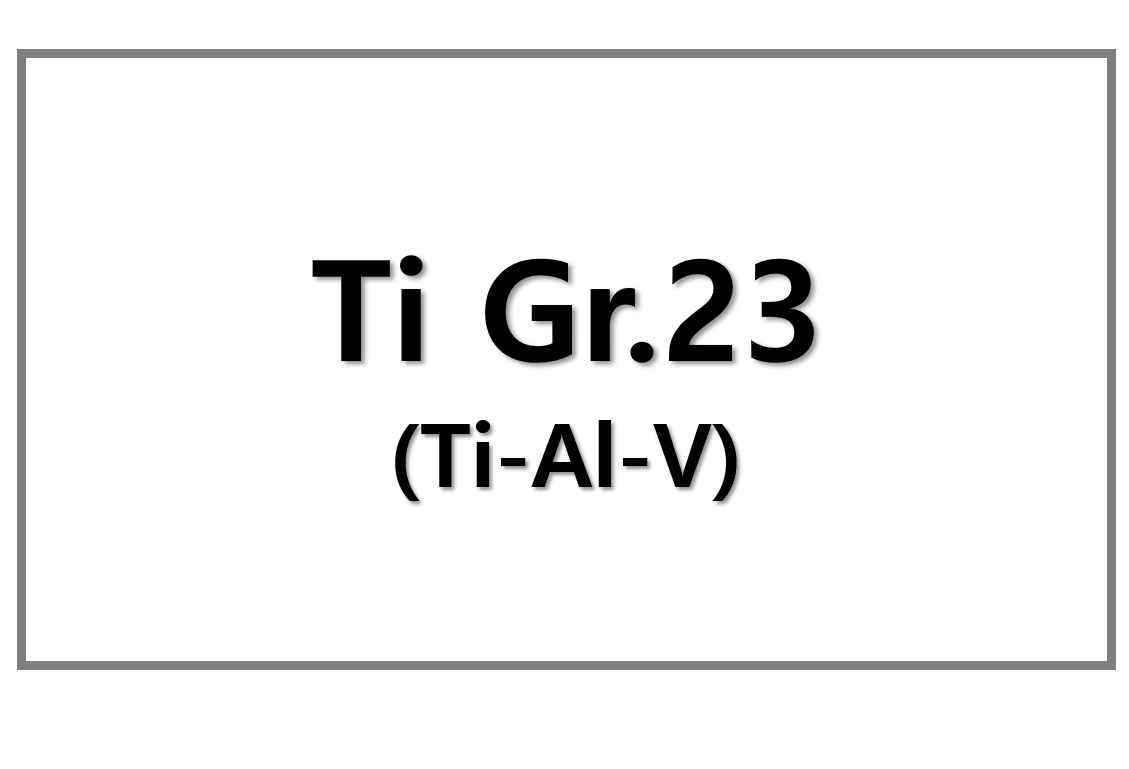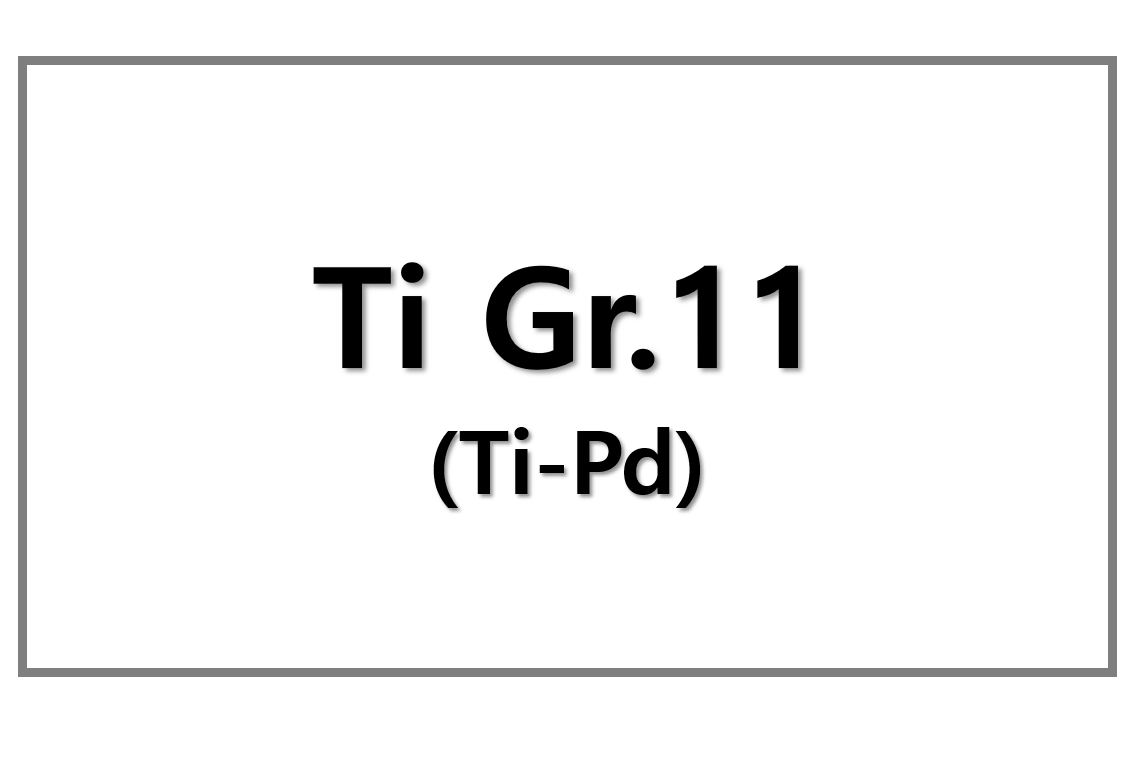
In a significant escalation of military provocations, North Korea test-fired an intercontinental ballistic missile (ICBM). This North Korea missile launch achieved the longest flight time ever recorded for a missile of this type, soaring for approximately 86 minutes before falling into the East Sea. This missile launch, which occurred just days before the US presidential election, has sparked a sharp rise in international tensions. Additionally, it has raised concerns about further destabilization in the region.
Kim Jong-un’s Defiant Message
Following the missile test, North Korean leader Kim Jong-un made a pointed statement to the country’s adversaries. In a televised address, Kim declared that North Korea would not waver in its pursuit of bolstering its nuclear arsenal. “We will never change our line of bolstering up our nuclear forces,” Kim asserted. This underlines the regime’s continued defiance against perceived external threats, particularly from the US and its allies. His declaration is a clear signal that North Korea intends to keep advancing its nuclear capabilities, regardless of international pressure or sanctions.
Strategic Launch Details and Implications
The launch, which took place in the early hours of the morning, was reportedly conducted at a steep angle. This was a calculated move designed to limit the missile’s range and avoid encroaching into the airspace of neighboring countries. South Korean and Japanese officials confirmed that the missile fell into the East Sea. However, experts believe the missile could have traveled much farther had it been launched at a shallower trajectory. Analysts are particularly concerned about the missile’s capacity. Some suggest it could be capable of carrying North Korea’s most powerful warhead. Jung Chang Wook, the head of the Korea Defense Study Forum, raised alarms over the missile’s potential. He warned that it could be equipped with a payload large enough to significantly increase North Korea’s offensive capabilities. This deepens concerns about the regime’s growing missile technology.
Tensions on the Korean Peninsula
This test comes at a time when tensions on the Korean Peninsula are already at a boiling point. North Korea’s military provocations have been escalating for months. This missile launch exacerbates the situation. Just earlier this month, North Korea reportedly destroyed the last remaining roads connecting it to South Korea, signaling further deterioration in bilateral relations. South Korean officials had anticipated such a test. They warned of the possibility of an ICBM launch in the lead-up to the US election. The region is now on high alert as military experts believe that North Korea could be preparing more provocative actions in the coming weeks.
International Responses and Concerns
The White House was quick to condemn North Korea’s missile launch. Sean Savett, a spokesperson for the National Security Council, criticized the regime for prioritizing its nuclear weapons over the well-being of its own people. He called the test “a provocative act” that violates multiple UN Security Council resolutions. Additionally, there are growing concerns that Pyongyang may be deepening its military ties with Russia. Reports have emerged that North Korea has sent troops to support Russian forces in Ukraine. Pentagon sources estimate that approximately 10,000 North Korean soldiers have been deployed to Eastern Russia, including to the Kursk region. This collaboration between Pyongyang and Moscow is troubling. This is especially true as the Kremlin faces continued setbacks in its ongoing conflict with Ukraine.
Allied Responses and Future Measures
In response to the missile test, both the United States and South Korea have vowed to take strong action. This includes the implementation of new sanctions aimed at further isolating North Korea and cutting off its access to key resources. The US is also considering military responses in coordination with its South Korean and regional allies. This is to demonstrate strength and resolve. The missile launch, alongside other provocations from Pyongyang, has prompted calls for greater international cooperation to curb North Korea’s aggressive behavior. The actions taken by the US, South Korea, and other concerned nations will likely shape the region’s security landscape in the coming months.
This missile test is seen as a direct violation of international law. It specifically violates multiple UN Security Council resolutions that prohibit North Korea from testing nuclear-capable missile systems. As tensions mount, the international community faces a critical moment. It must respond decisively to the growing threat posed by North Korea’s military expansion.











Leave a Reply
You must be logged in to post a comment.